|
Listen to the episode by clicking the link to your preferred podcast platform below: Each educator has their own personal values. And every class, school, or district has them too. Some of these values are deeply integrated into classroom curriculum while others are placeholders on the website. No matter where you are on this spectrum, we can all agree that there needs to be alignment between values—what we say we care about—and what we actually do. For this reason, educators can take some time to complete a values-action alignment activity to take stock of where they are and how they can improve. I covered this practice in-depth on episode 92 of the Time for Teachership podcast, so you can listen to it as well! Step 1: Decide your values The first step to align values with action is to actually know what your values are. Think through these questions:
Step 2: Values-action curriculum alignment Once you have identified the values that are important in your setting, it’s time to align them directly with curriculum content and activities. Take an inventory of everything that’s going on in your setting—activities, curriculum, projects, etc. You can do this by engaging various stakeholders including students, other teachers and colleagues, and the curriculum plan. Once you have a scope of the content and curriculum, assign one of the values to each item. You can do this by creating a document or log of each item and it’s assigned value. Step 3: What is success? After aligning your values and actions, zoom out and ask: what does success look like? What makes the curriculum successful can be divided into a few different parts:
Step 4: Design with values in mind After going through this exercise, you can continue the process by asking one simple question for every decision: what values are prioritized here? Make it an ongoing process by writing the question on the top of every agenda or curriculum plan so that your values are visible and obviously aligned with each task and item. And, in all of this, consider the process. It’s not just about the end product, but how we got there. So, who’s involved? Does everyone get a voice? Are we asking the right questions? Commit to the process and don’t try to rush through this practice. --- If you want to go even deeper into this practice, listen to episode 92 of the Time for Teachership podcast. This simple activity will take some time, but it will help you better align your values and actions, which positively impacts your class and your ability to support students. Quotes:
0 Comments

Listen to the episode by clicking the link to your preferred podcast platform below:
As educators, we wear a lot of hats. Every day is full of diverse, varied tasks and responsibilities that keep our days full. Dr. TJ Vari, guest on episode 91 of The Time for Teachership podcast, also wears many hats—he’s a superintendent in a fast-growing school district, professor, coach for principals, father, and social justice advocate. And the variety of this experience, that we all have, is what makes us better educators. Because with each new role, we learn something new that can be used to create positive change and impact in our schools. We touched on a lot of topics together, but most of it centered on this question: how do we evolve our current system so that it doesn’t just prepare students for the real world, but is the real world? For Dr. Vari, two big shifts are achieving guaranteed and viable curriculum, and understanding the art and science of education. Guaranteed and Viable Curriculum One of the biggest problems with our current education system in America today is the variance. Dr. Vari pointed out just how diverse students’ experiences are—education differs between teachers, schools, districts, and states. So even two students in the same school will have wildly different experiences learning, say, grade six math. And think about the differences across states, too! The first step for any change to the school system, then, is to achieve guaranteed and viable curriculum:
As you scale up, guaranteed and viable curriculum should be a priority across school districts and states, too. This is the way we can fight injustice and discrimination and ensure that all students have equal access. Art and Science of Education Talking about a guaranteed and viable curriculum might seem rigid to some educators—shouldn’t education be personalized? Isn’t there room for flexibility? Dr. Vari offered a few thoughts on this dichotomy of flexible vs. rigid curriculum. From his perspective, it comes down to understanding the art and science of education. There are some things that are a science—studied, proven, and should be standard. Other things are an art—open to flexibility and creativity. The four sciences of education are:
So instead of seeing a rigid curriculum in front of you, consider what’s an art and what’s a science. We can all study and grow in knowledge of the science of education while maintaining our unique and creative identities as educators. --- This is just the tip of the iceberg from our conversation with Dr. TJ Vari on episode 91 of The Time for Teachership podcast. You can listen to the full episode or connect directly with him and his work at www.theschoolhouse302.com. Quotes
Click to Tweet: https://ctt.ac/C8g5n
Listen to the episode by clicking the link to your preferred podcast platform below:
Not too long ago, most of us were glued to our phones and social media to hear the outcome of the Dobbs v. Jackson decision. This landmark Supreme case brought up so many cultural conversations around bodily autonomy, consent, sexual assault and more. And it’s a conversation that needs to be brought into the classroom. Our students need a place to unpack and understand important cultural events. Through careful and intentional curriculum planning, we can provide that space for them. Recently I’ve started doing mini curriculum bootcamps, where educators can learn how to design a unit around a specific topic. A recent one centered on the Dobbs v. Jackson decision, which was also discussed on episode 90 of the Time for Teachership podcast. Here are the steps educators can take to design a unit that opens the conversation of this important current event. Principles for Justice-Centered Curriculum Before diving into the how-to, it’s important to clarify some principles for justice-centered curriculum. Here are the core principles to remember when designing a unit:
How to Design a Justice-Centered Unit With those core principles of justice-centered curriculum in mind, educators can structure a lesson plan. I go into this in more detail during Curriculum Boot Camps, but here are the main steps an educator can take when designing a unit: 1. Start with a mind map. Get out your computer, a pen and paper, or a whiteboard and start brainstorming everything that comes to mind in the context of the Dobbs v. Jackson case. This could be related to the content of what to teach, questions that come up, or texts and resources you want to use.
This is to get at your driving question for the unit. Some examples related to this topic are:
Start with your own ideas, but also invite students to come alongside you and co-create some ideas. Since one of the goals of justice-centered curriculum is for it to go beyond the classroom, consider ideas like a multimedia project (podcast or movie) or a presentation to the school board. 4. Determine protocols and how you’re going to teach the unit. Establishing regular protocols and rhythms is essential to teaching a successful unit. Consider having check-ins each week on Monday, as it’s a heavy topic and important to see how everyone is doing. Then set up the rest of the weekly teaching plans to align with your guiding question and project. 5. Determine a strategy for resource gathering Don’t leave this to the last minute! Make sure you’re constantly curating and collecting resources—podcasts, TV clips, books, news stories, art, etc. There are so many directions to go with content, so start collecting it early and store somewhere easily accessible. --- Creating a justice-centered curriculum and unit plan needs to be intentional and thoughtful. The ultimate goal is to help students interact with current events in an inclusive space that upholds everyone’s dignity. To dive in deeper to this topic, go listen to episode 90 of the Time for Teachership podcast. You can also check out my resource list for support in creating a unit around the Dobbs v. Jackson decision. Interested in Curriculum Boot Camp for your staff? Book a call with me. Quotes:
Click to Tweet: ctt.ac/0pv4b 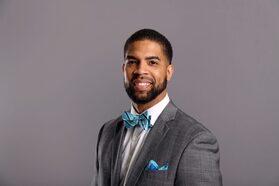
Listen to the episode by clicking the link to your preferred podcast platform below:
We hear the term “buy in” all the time, especially in the field of education. We want people to be on the same page about proposed changes or new ideas. But are people really buying in? Or are they just complying because they have to? We talk about how to initiate and sustain true change on episode 89 of the Time for Teachership podcast. Dr. Samuel D. Nix shares his wisdom with us for how to take steps towards significant, impactful change and progress. He highlights the importance of making a mindset shift and allowing that shift to impact your actions. Here are some of the takeaways from our conversation. Acknowledging Unconscious Biases When asked what his dream for the field of education is, Dr. Nix said it was that there would be no more equity gap or learning gap. That every student would enjoy their education, benefit from it, and have the same opportunities as their peers. But before this dream can be realized, we need to start recognizing and dismantling our unconscious biases. Dr. Nix does an exercise with educators where they look at photos of a diverse set of students. Then, based on their ethnicity, gender, clothing, etc., educators will give them a grade from A to F, based on what they think they’d have. Then comes the question: why? Why are certain grades assigned to certain students? Dr. Nix goes on to say that these are all A-level students. So why do we think otherwise? It comes down to those unconscious biases each and every one of us have. Recognizing we have those biases is the first step to any real change and is the over-arching mindset shift that most educators need. Steps to Initiate Change Besides this understanding of unconscious biases, Dr. Nix identified five steps to get true buy-in from others—five steps to initiate true change. They are as follows:
Change doesn’t come over night—we know this. It’s an ongoing process that requires openness, vulnerability, and persistence. It also requires the ability to look inward and reflect on where you are. Dr. Nix’s one next action step for all educators is to stop and think: are your actions having the impact they have the potential to have? Start with yourself and start with reflection. We covered so much more in this conversation with Dr. Samuel D. Nix! Have a listen to the whole thing on episode 89 of the Time for Teachership podcast. You can also connect with Dr. Nix at his website, www.snix3consulting.com, or over on twitter: @samuelnix. Quotes:
Listen to the episode by clicking the link to your preferred podcast platform below:
It’s hard to believe that what started as a simple blog a few years ago is now approaching the 100th podcast episode! Time for Teachership has come a long way, and we are excited and ready to launch right into season three. Episode 88 is the intro to season three, and you can have a listen here. We covered everything new and exciting that’s coming up. Season 3 of the Time for Teachership podcast will have two main focus areas:
Curriculum and Instruction The student voice and student leadership has always been at the center of my teaching practice. This season, I want to explore how curriculum and instruction can integrate and elevate student voice. And, taking it further, I want to better define what good curriculum and instruction looks like. When thinking about what makes great curriculum, I came up with the acronym CAI:
District-Level Curriculum Policy Season 3 will feature learning for and from district curriculum leaders. The reason for this is that when change comes from the district level—along with resources and motivation—then teachers are better supported to make change in their classroom. It’s possible to make a positive impact as an independent teacher, but it is both easier and more desirable to do it together in community. So, we’ll focus on what’s happening at the district level and how policy changes there can make impacts in each classroom. Practical Things Along with this new content direction, there are two more exciting developments for season 3 of the Time for Teachership podcast:
Season 3 will also feature more solo “how-to” episodes that walk you through aspects of curriculum or instruction. We’ll also have case studies from educators and teachers who’ve successfully implemented new changes or curriculum into their classroom. There will be some of the regular interviews with inspiring educators, too! So, are you ready? This is going to be a good one. Make sure you’re following along with the Time for Teachership podcast to listen to every new episode that comes out. Thanks for being here—we’re so excited to have you along for the ride. Quotes:
|
Details
For transcripts of episodes (and the option to search for terms in transcripts), click here!
Time for Teachership is now a proud member of the...AuthorLindsay Lyons (she/her) is an educational justice coach who works with teachers and school leaders to inspire educational innovation for racial and gender justice, design curricula grounded in student voice, and build capacity for shared leadership. Lindsay taught in NYC public schools, holds a PhD in Leadership and Change, and is the founder of the educational blog and podcast, Time for Teachership. Archives
May 2024
Categories |

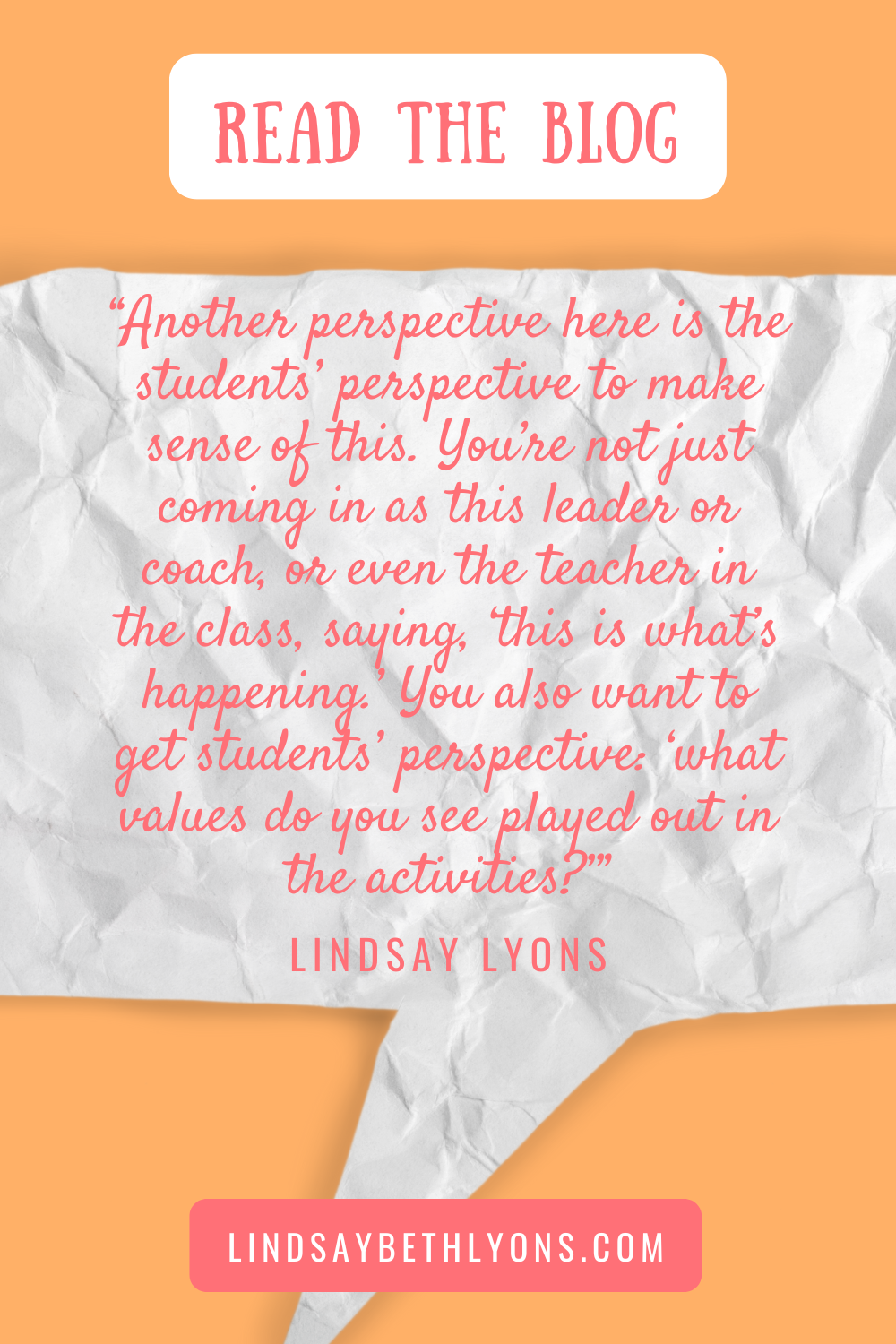





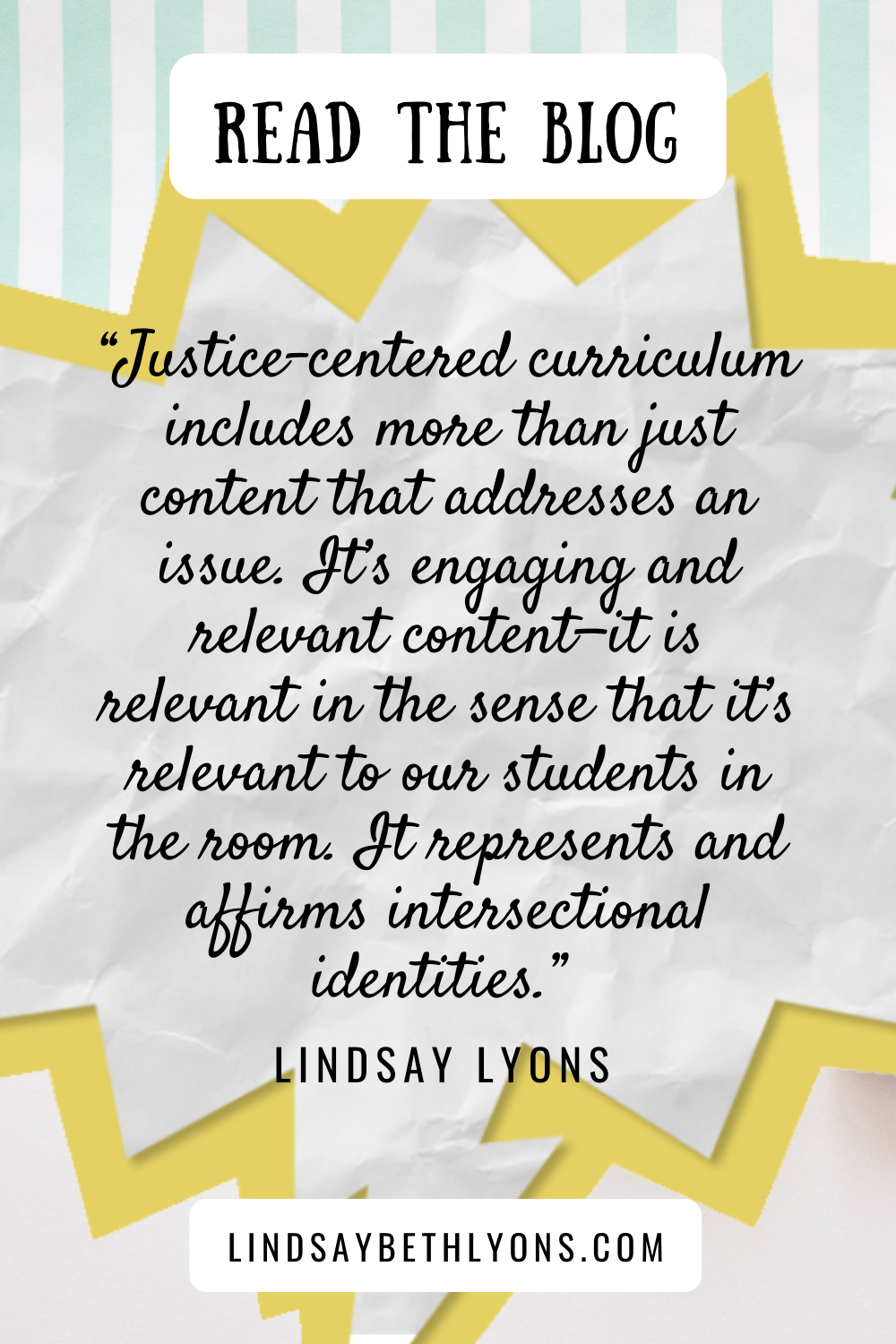

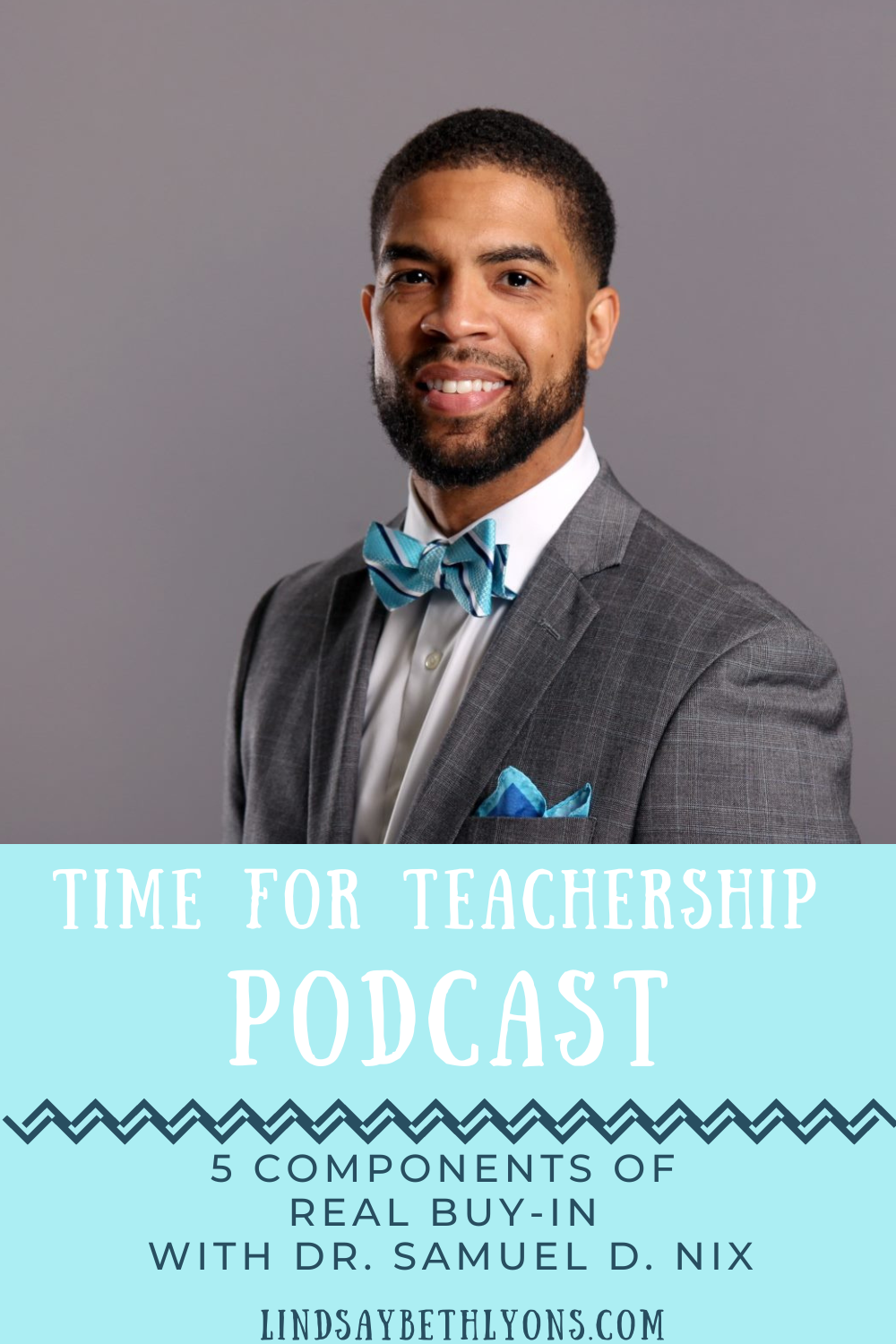




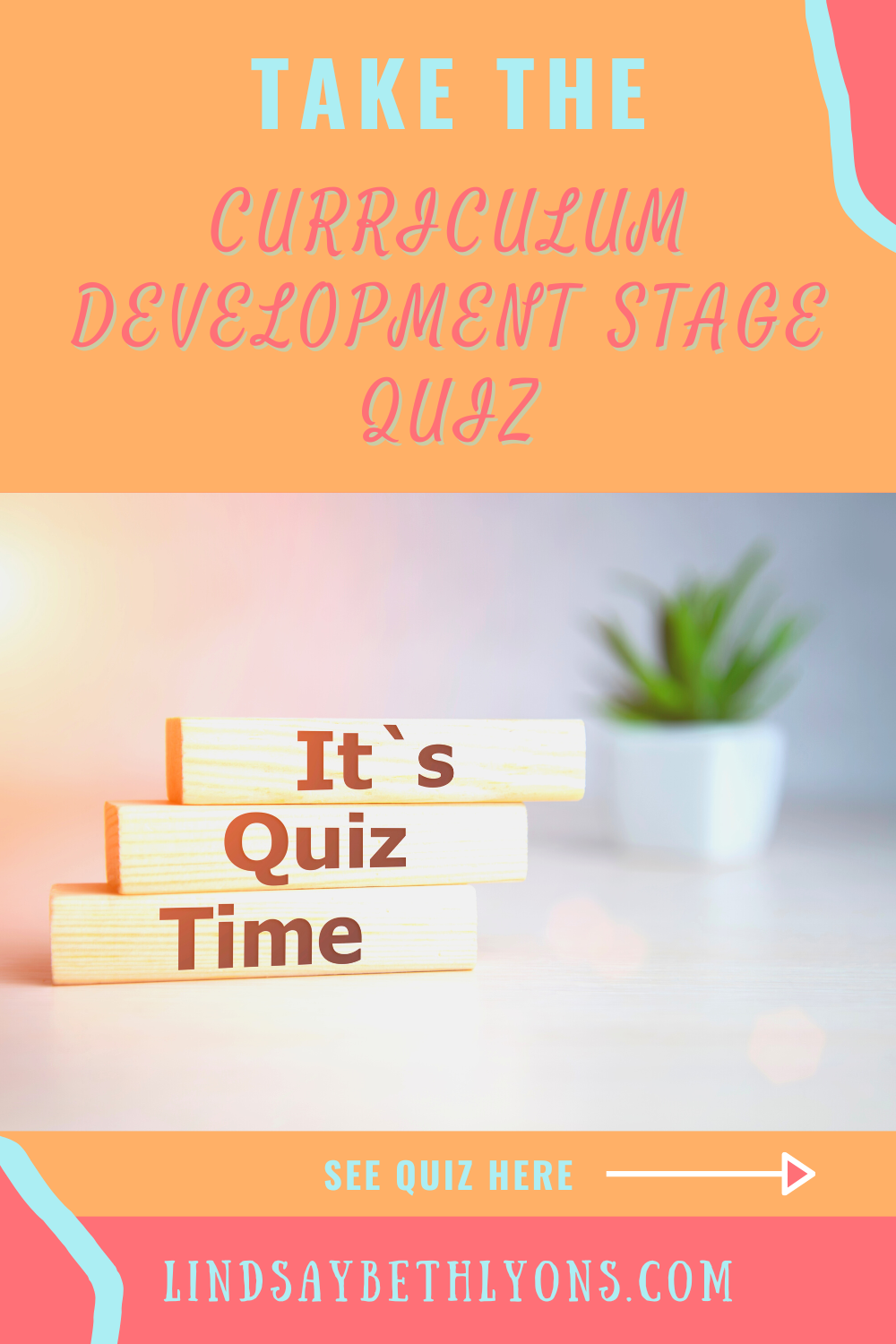

 RSS Feed
RSS Feed